Key Features of a Successful Mobile App
The world is using mobile apps more than ever before and has reached the highest level of competition for apps. However, how to make an application that is to be one of the few in a selection of over 2.5 million apps available today? What would make an app to be successful anyway?
- February 25, 2025
- by Tarun
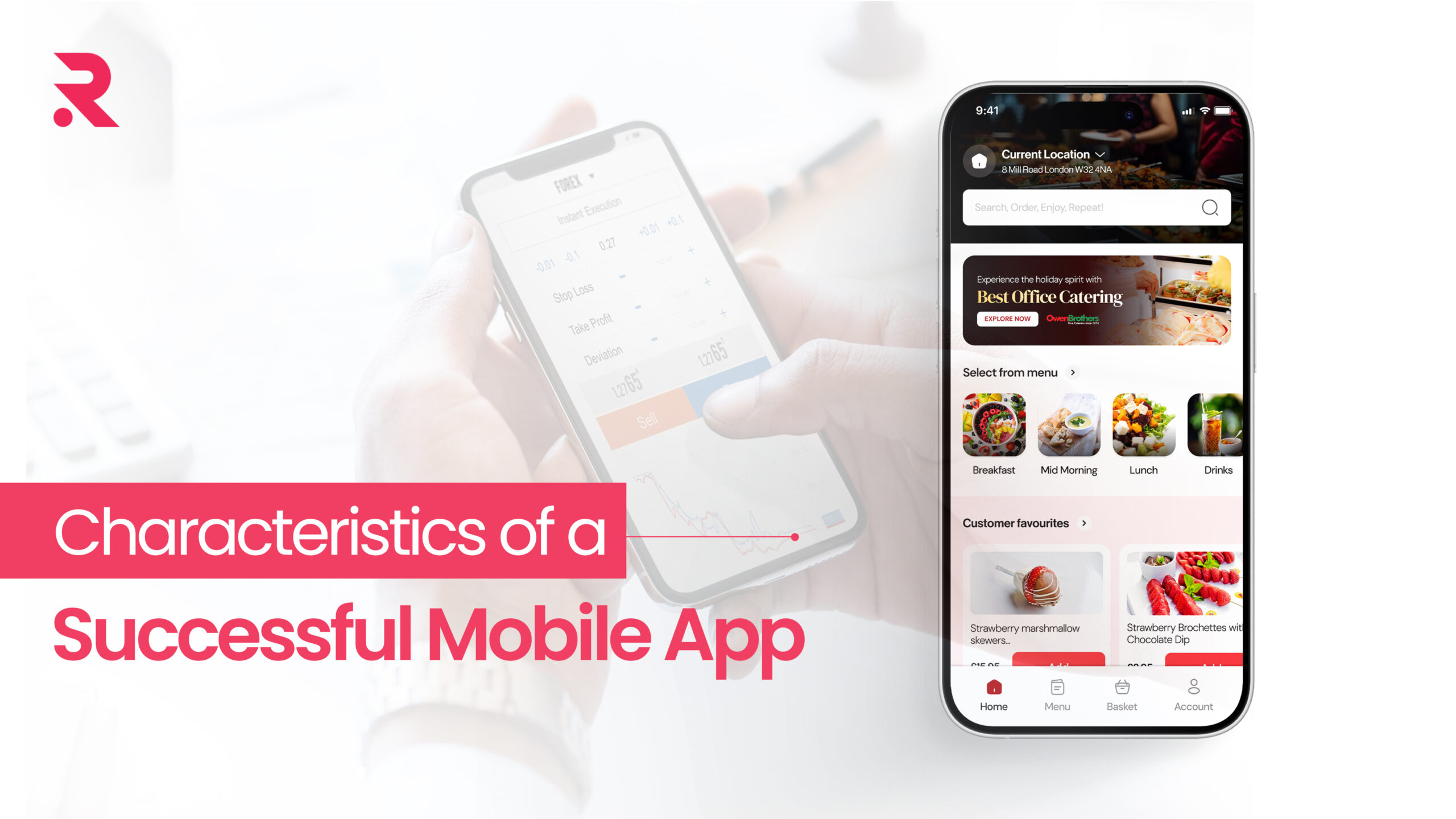
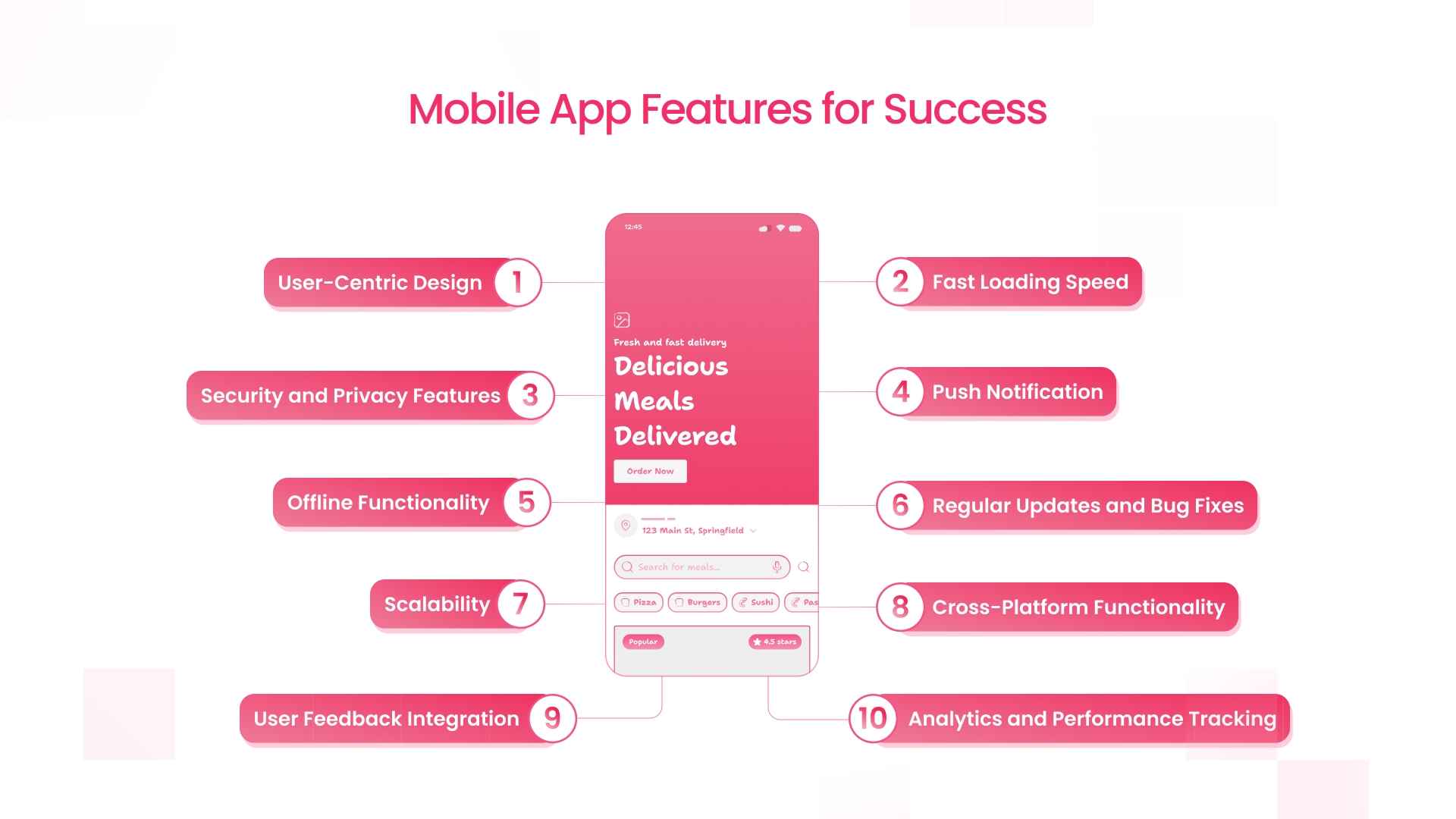
Mobile applications have almost become part of our lives, and getting to build applications has become a highly rewarding experience or a little intimidating event for some. With almost tens of millions of applications present among the two platforms- the Apple App Store and the Google Play Store- standing out in such a saturated market is really indecent. Many developers and companies experience many swings between app concepts and successful products, usually resulting in most apps being forgotten or rated below expectations. This occurs for a number of reasons, but for many in the app development fraternity, the biggest thorn is the failure to make an effort to feature those things that will appeal to users and build lifecycle value.
Most applications fail because they do not pay attention to the most crucial aspects of success through any mobile experience, offering great functionality. Poor user interface, less speed, non-security, and lack of user engagement are the reasons for an app’s decline. Luckily, the issues can be avoided once one knows the key aspects that make an application truly successful from the start. In this article, we will shed light on the most crucial mobile app features that can help your app thrive. We have covered everything that a developer would want to learn on improving an existing application or creating a new mobile app from scratch for business or personal use without straying along the way while getting into accidents.
Key Features of a Successful Mobile App
A successful mobile app is strongly tied to a set of key features that assure usability, fun, and long-term growth of the app. For the developers and business owners, successful mobile app development is not only about writing codes; these people must align with user expectations and deliver an improved experience. Let us now discuss some essential features of a successful mobile app that stands out in the market.
User-Centric Design
The design of a mobile application is one of the aspects which plays a vital role in honoring or discrediting its success. The user-centric design allows one to create a user experience, making it intuitive and pleasing. This would include easy navigation, pretty visual representations, and a layout much more suited to the user’s needs.
A clear, simple interface helps to keep the user focused on the principal task at hand within the application. Larger buttons and icons make it easy to tap on smaller device screens and to cater to those needing different forms of handling. Besides, the application design has to adapt to varied screen sizes and orientations to maintain good functionality on smartphones and tablets.
Key Elements of User-Centric Design
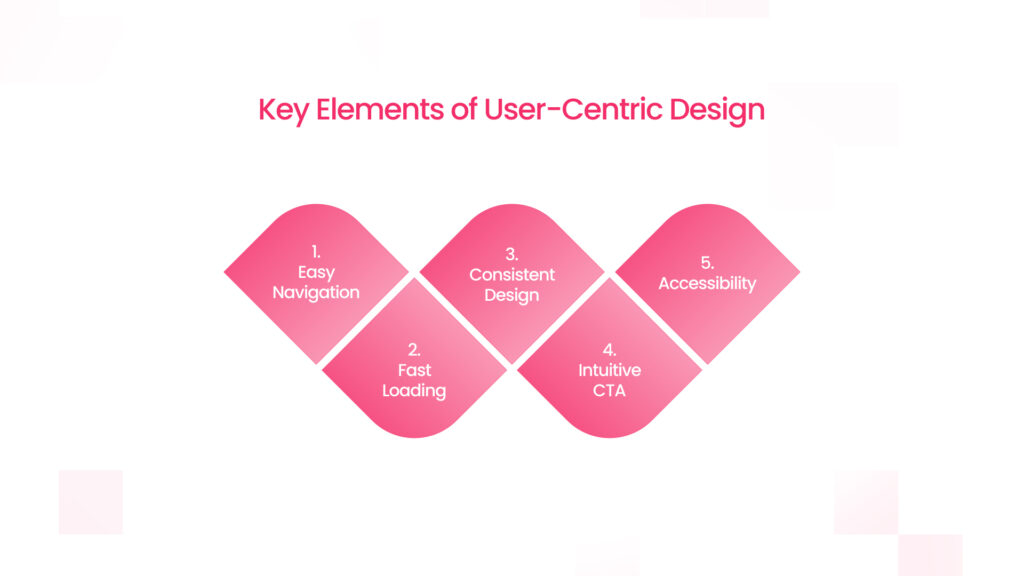
- Easy to navigate.
- Fast loading along with the least waiting from users.
- Consistent design across all screens.
- Intuitive call-to-action buttons and icons.
- Accessibility options for all disabilities.
Fast Loading Speed
Waiting for a mobile app to load is perhaps one of the most annoying things about using it. According to various research by many experts, users expect apps to load in less than three seconds. An app that takes too long to load might drive a user away and lose them forever.
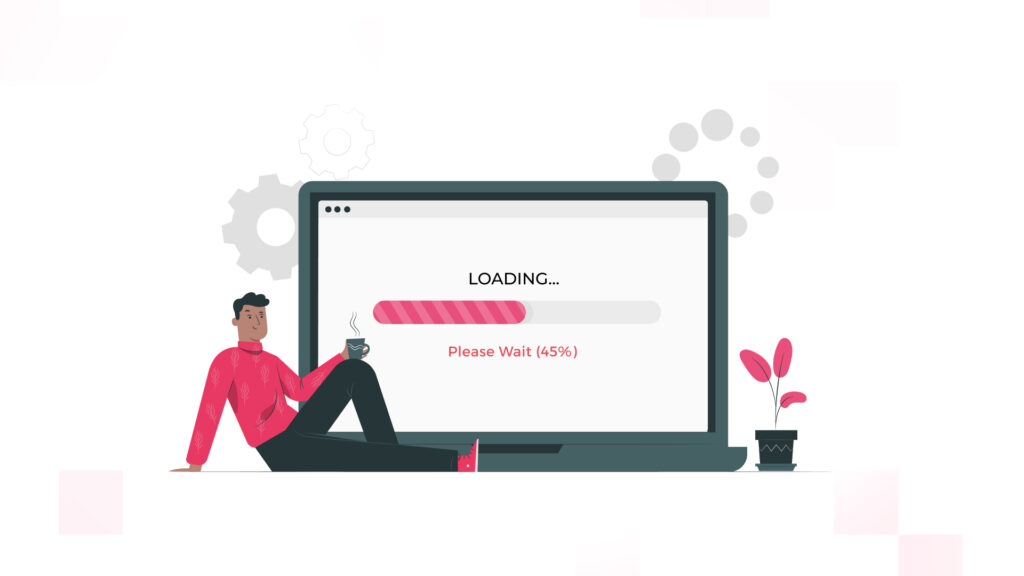
To achieve fast loading times, the developer must ensure proper code and resource optimization that may include image size reduction, content delivery network (CDN) implementation, and caching for reducing load time. Regularly testing performance of the app across devices also helps to ascertain if speed expectations are being met.
Best Practices for Improving Load Times:
- Compress images and other resources.
- Implement lazy loading for large content.
- Use efficient code and minimize unnecessary processes.
- Test the app on multiple devices and networks.
Security and Privacy Features
Security concerns over apps are growing as consumers start to use apps for highly sensitive data. Today’s app user requires an app that will place personal data privacy and user transaction safety at the top. This is especially important for some of the apps touching money or dealing with medical aspects.
Security Considerations:
- Data encryption both at rest and in transit
- Secure payment gateway options
- Two-factor authentication for sensitive actions
- Clear privacy policies and terms of service
Push Notifications and Engagement
Push notifications are quite a meaningful feature within the mobile application and mostly keep the user actively engaged. However, feeding the proper dosage of push notifications to users is important so that they don’t become bored while not being inundated, causing the uninstalling of the application.
Effective push alerts are ones that have been personalized, are timely, and are relevant to the user’s behavior and preferences. For example, an ecommerce app might send a notification about a sale on products that the user had previously viewed, while a fitness app might send a reminder to log a daily workout.
Key Aspects of Effective Push Notifications:
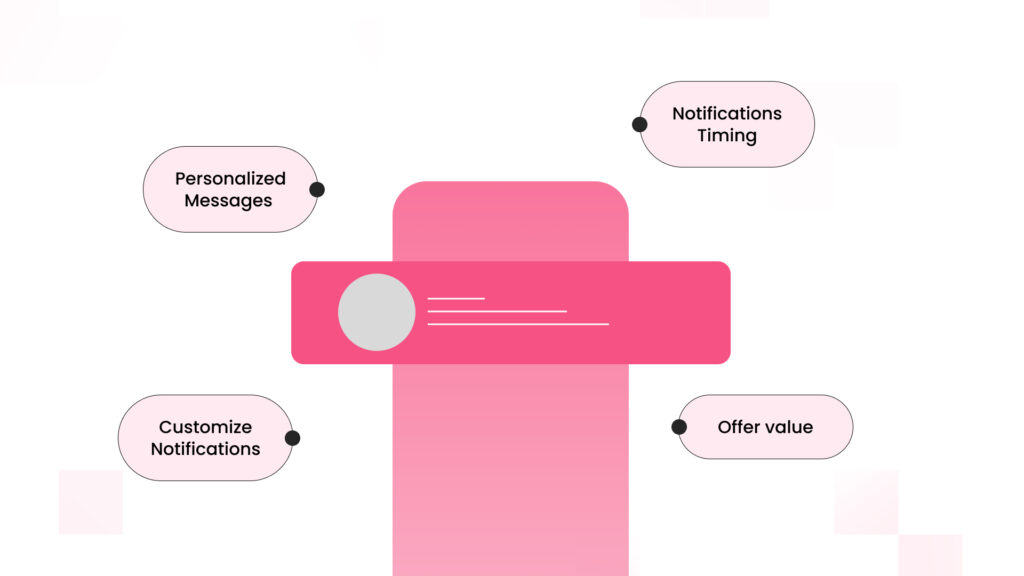
- Personalized messages based on user behavior
- Option to customize or mute notifications
- Timing the notifications to avoid interrupting users
- Offering value through special promotions or reminders
Need a future-proof Ecommerce store or Mobile app?
Our Experts Can Help!
Offline Functionality
Offline capability is yet another core feature that makes a mobile application successful. One of the saddest realities about most people is that there are many moments when they are unable to access the internet due to travelling or poor network coverage.
Offline functionality means that you can use certain essential features without an active Internet connection for an app. A music streaming app, for example, may allow users to download playlists for offline listening, while a document editing app could allow users to work on files without being connected.
Offline-mode Functionality Suggestions:
- Let users download content to access it offline.
- Sync data when the device reconnects to the internet
Regular Updates and Bug Fixes
Constant improvement and future updates are necessary in creating any successful mobile app; the updates add new features or improve upon already existing ones or fix bugs and security vulnerabilities. Regular updates will keep users interested and show them that the application is still in active development and support.
Delayed updates can cause a lot of user dissatisfaction, especially if there are glitches and bugs. Therefore, listening to users, acting quickly to resolve their problems, and providing updates are essential to improving the overall experience.
Key Considerations for Updates:
- Fix critical bugs and issues as quickly as possible
- Introduce new features based on user demand
- Regularly update the app to ensure compatibility with new OS versions
- Communicate the changes in each update clearly to users
Scalability
Scalability is indeed a very relevant attribute for apps that hope to grow. The application will need to manage a greater volume of traffic, data, and transactions without performance degradation as the user base grows.
To be scalable, an app needs to ensure that suitable backend infrastructure is chosen, like cloud services that can scale as required. Also, the app should follow a modular construction method to facilitate the adjustment to the addition or modification of features without affecting the overall system.
Scalability Best Practices:
- Utilize cloud services with auto-scaling capabilities
- Optimize database schema and structures to accommodate larger volumes of data
- Establish load balancing and caching techniques
- Develop an app architecture that will support future expansion
Need Reliable Mobile App Development partner to help grow your Business?
Our Experts Can Help!
Cross-Platform Compatibility
The application should be free of issues when working across both iOS and Android, as most users will be accessing the app on different mobile devices and operating systems. Furthering cross-platform compatibility will increase the audience for the app and will ensure consistency with respect to user experience across all platforms and mobile devices.
Currently there are lots of frameworks that could enable the development of applications to run on two different platforms with minimum code duplication. These include popular ones like React Native and Flutter aimed at cross-platform app development, enhancing the speed of the development cycle and easier maintenance.
Cross-Platform Compatibility Considerations:
- Make sure a consistent functionality across iOS and Android
- Explore the various forms of devices and different screen sizes on which to test the app
- Employ cross-platform frameworks in order to minimize the development time.
User Feedback Integration
User feedback integration is often neglected in developing a successful mobile app. The easier it is for users to share their opinions or suggestions on an app, the more these suggestions will be put to use by developers in actual user needs and wants. Listening to user feedback helps app developers catch any problems early on and build products that satisfy the actual needs of their target audience.
Inspire clients to write app reviews and recommendations and find an effective way to report issues. Also, update users on the adoption of changes they suggested for future versions of the app.
Incorporating User Feedback:
- Offer in-app surveys or feedback forms
- Respond to user reviews in app stores
- Regularly update the app based on feedback to address pain points
Analytics and Performance Tracking
In order to capture the user’s vision and measure the success of a mobile application, developers must incorporate analytics tools. Such tools track important business indicators associated with user retention, session duration, conversion rates, etc. This is how they will have the ability to take crucial decisions concerning the desirable business.
Analytics also helps identify the most popular features and pinpoint the underperformers. This means that developers can prioritize changes based on user needs and improvements that will help with the app’s success.
Main features of an analytics application:
- Track user retention and engagement parameters.
- Monitor your application for crashes and performance issues.
- Measure conversion rates and in-app purchases.
- Which features are most used, and which are least?
Conclusion
The successful development of a mobile application starts from good planning to user end satisfaction, as well as undiluted policy in building it. Some features like end-user-centered design, fast performance, robust security, and effective push notifications would give the application an edge over the hundreds of thousands that exist in this arena. Again, in continuously updating the application and incorporating the feedback received from users, they ensure that the application is always relevant and meets the needs of the users.
These key features will surely improve the chances for the creation of a mobile application that not only attracts users but retains them over time turning them into app-dependent users rather into casual users. Addressing the technical, design, and usability issues, every developer can make a successful app that is worth investing in and thus keeping users involved for the long haul.
 Shopify
Shopify










